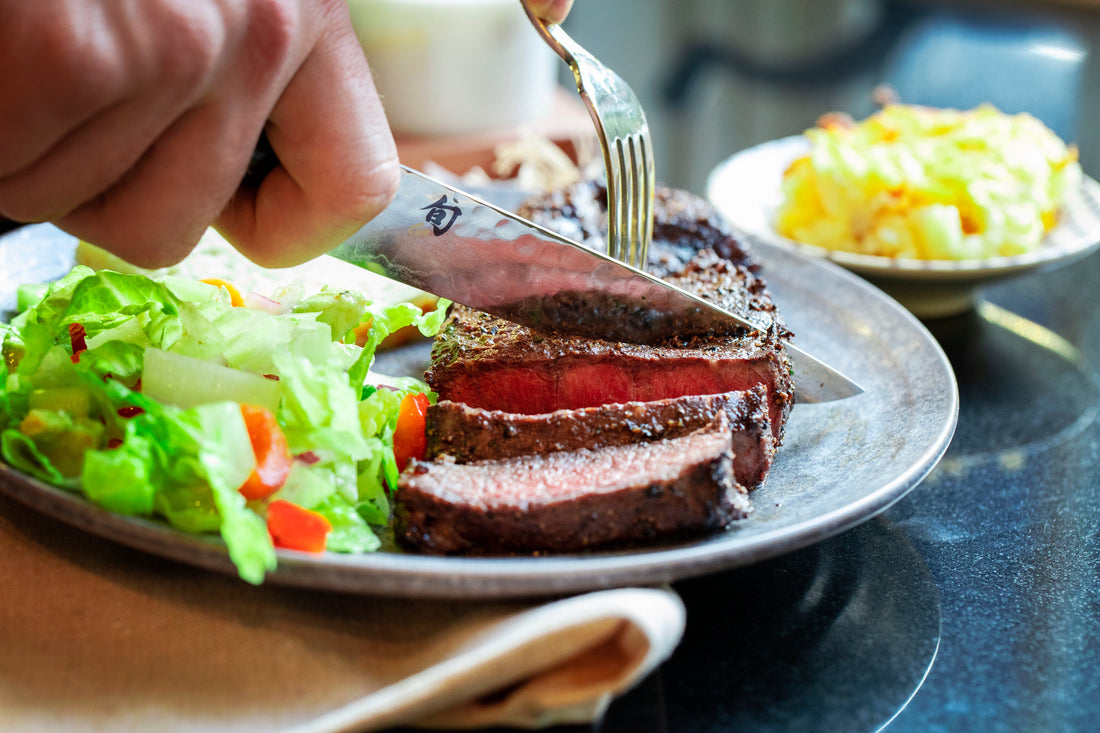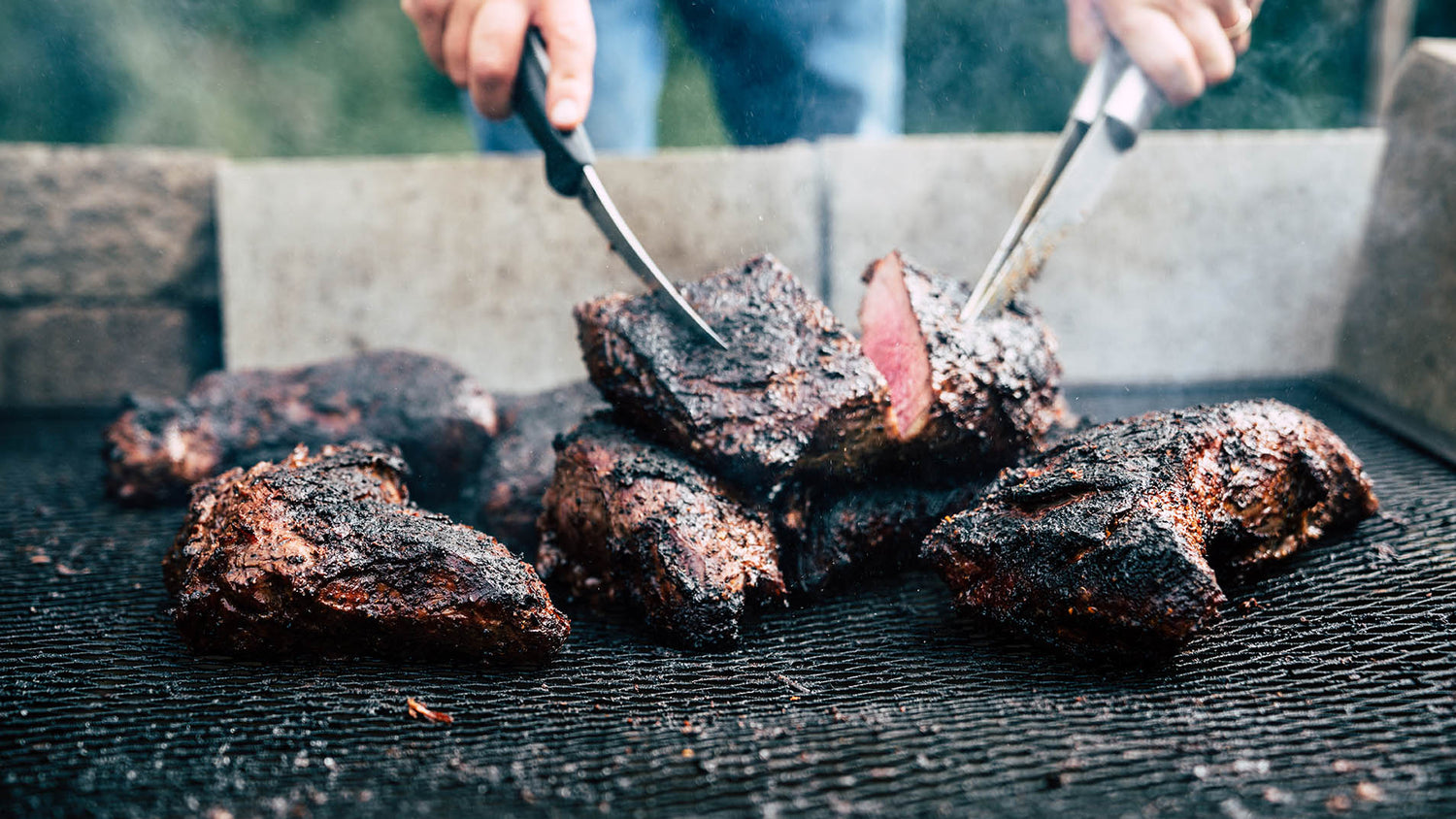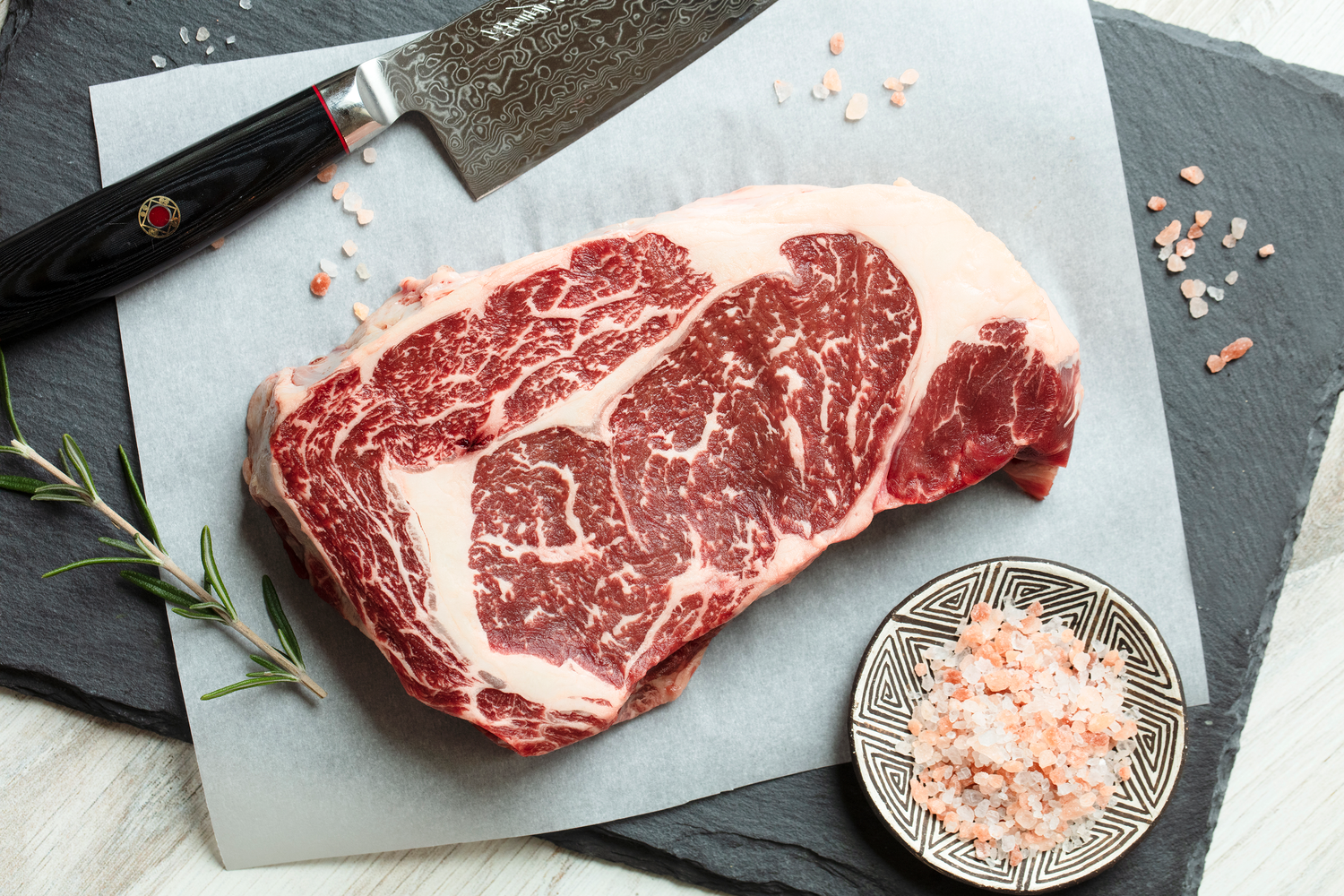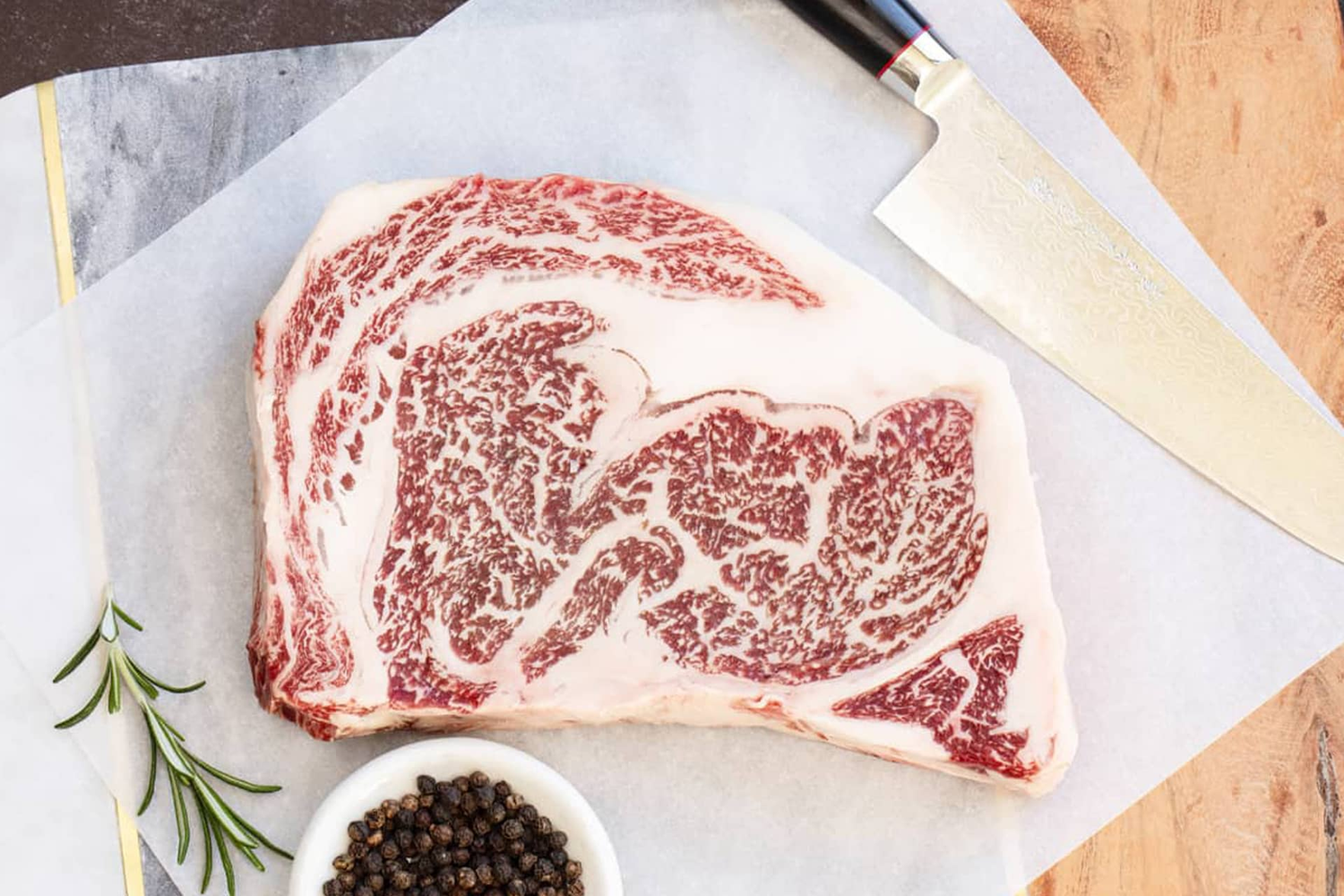
Tips for First-Time Wagyu Buyers: How to Order, Store, and Cook Wagyu Beef Like a Pro
Share
A Beginner's Guide to Enjoying Cross Creek Ranch Premium Meats' Wagyu Beef
Wagyu beef is renowned for its exceptional marbling, tenderness, and rich flavors, making it a sought-after choice among meat enthusiasts. At Cross Creek Ranch Premium Meats, we pride ourselves on offering our customers the highest quality Wagyu beef, raised and processed on our ranch. If you're new to the world of Wagyu, it can be a bit daunting to order, store, and cook this prestigious meat. Don't worry – we're here to help! In this guide, we'll share the basics to help you feel comfortable and confident in your journey with Wagyu beef.
Ordering Wagyu Beef from Cross Creek Ranch Premium Meats
We're going to assume you've ordered some Wagyu already, but we're going to cover it just in case you haven't ordered your cuts of meat.
- Visit our site at ccrpremiummeats.com.
- Browse our selection of premium Wagyu beef cuts.
- Choose your desired cuts and add them to your cart.
- Complete your order and wait for your Wagyu beef to be delivered straight to your doorstep.
Storing Your Wagyu Beef: Keep it Fresh and Flavorful
You can store your uncooked Wagyu meat in a freezer for up to 12 months and in a fridge for up to 5 days. We've already dry aged your meat for at least 21-days so the flavor optimal.
Preparing Your Wagyu Beef: Thawing and Prepping
The intense marbling and fat content of a Wagyu steak require even temperatures when thawing and preparing to cook. Generally, you can defrost meat in the refrigerator overnight and bring it to room temperature on the kitchen counter 30 minutes to an hour before cooking. However, depending on the thickness of the cut, you may need to defrost the meat for up to 48 hours in the fridge.
Cooking Your Wagyu Beef: Mastering the Techniques
-
Sous Vide: This beginner-friendly method removes the guesswork from cooking your steak, giving you a perfectly cooked result every time. Be sure to check out our How-To article on Sous Vide!
-
Grilling: Use caution when grilling Wagyu, as rendered beef fat can cause flare-ups. Cut your meat into smaller pieces and prepare yourself and your cooking area for flare-ups. For a more in-depth look at grilling, check out our grilling article.
-
Cast Iron: Sear each side of your thinly sliced Wagyu in a cast-iron skillet for two to three minutes. Thicker cuts may need to finish in the oven. For a more in-depth look at using cast iron, check out our Pan-Sear / Oven Finish Cooking Technique article!
Seasoning Your Wagyu Beef: Less is More
Wagyu beef is rich and flavorful on its own, and usually doesn't require a lot of additional seasonings. However, to enhance its natural taste, consider these simple seasoning suggestions:
-
Classic Seasoning: A light sprinkle of sea salt is enough for some, while others enjoy a coat of sea salt, pepper, and garlic powder. This combination enhances the natural flavors of Wagyu without overpowering it.
-
Herb-infused Butter: Melt a small amount of butter and mix it with your favorite herbs, such as rosemary, thyme, or sage. Brush the herb-infused butter onto your cooked Wagyu steak for a luxurious finish.
-
Chimichurri Sauce: This Argentinean sauce made with fresh parsley, cilantro, garlic, red wine vinegar, and olive oil adds a bright, tangy, and slightly spicy touch to your Wagyu beef.
Remember to keep your seasonings simple as you first delve into Wagyu and experiment with small pieces of meat over time. This approach will help you find your preferred seasonings while respecting the unique qualities of Wagyu beef.
Resting Your Wagyu Beef: Let the Juices Flow
After cooking your Wagyu steak to perfection, allow it to rest for about 5-10 minutes before slicing. This resting period allows the juices to redistribute throughout the meat, ensuring a moist and tender eating experience. Cover the steak with aluminum foil to keep it warm during this time.
Slicing and Serving Your Wagyu Beef: The Finishing Touches
To fully appreciate the tenderness and flavor of your Wagyu beef, slice it against the grain into thin pieces. This technique breaks up the muscle fibers, making the meat even more tender and enjoyable. Serve your perfectly cooked, seasoned, and sliced Wagyu steak with your favorite side dishes for a memorable meal.
That's All There Is To It!
With these tips and techniques, you can confidently order, store, and cook Wagyu beef from Cross Creek Ranch Premium Meats. Embrace the simplicity of seasoning, master the various cooking methods, and enjoy the extraordinary dining experience that Wagyu beef offers. As you become more comfortable and familiar with this luxurious meat, feel free to experiment with different seasonings and techniques to create your own signature Wagyu dishes. Happy cooking!



